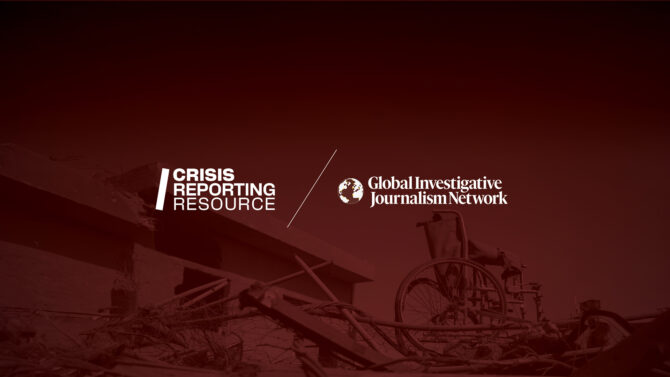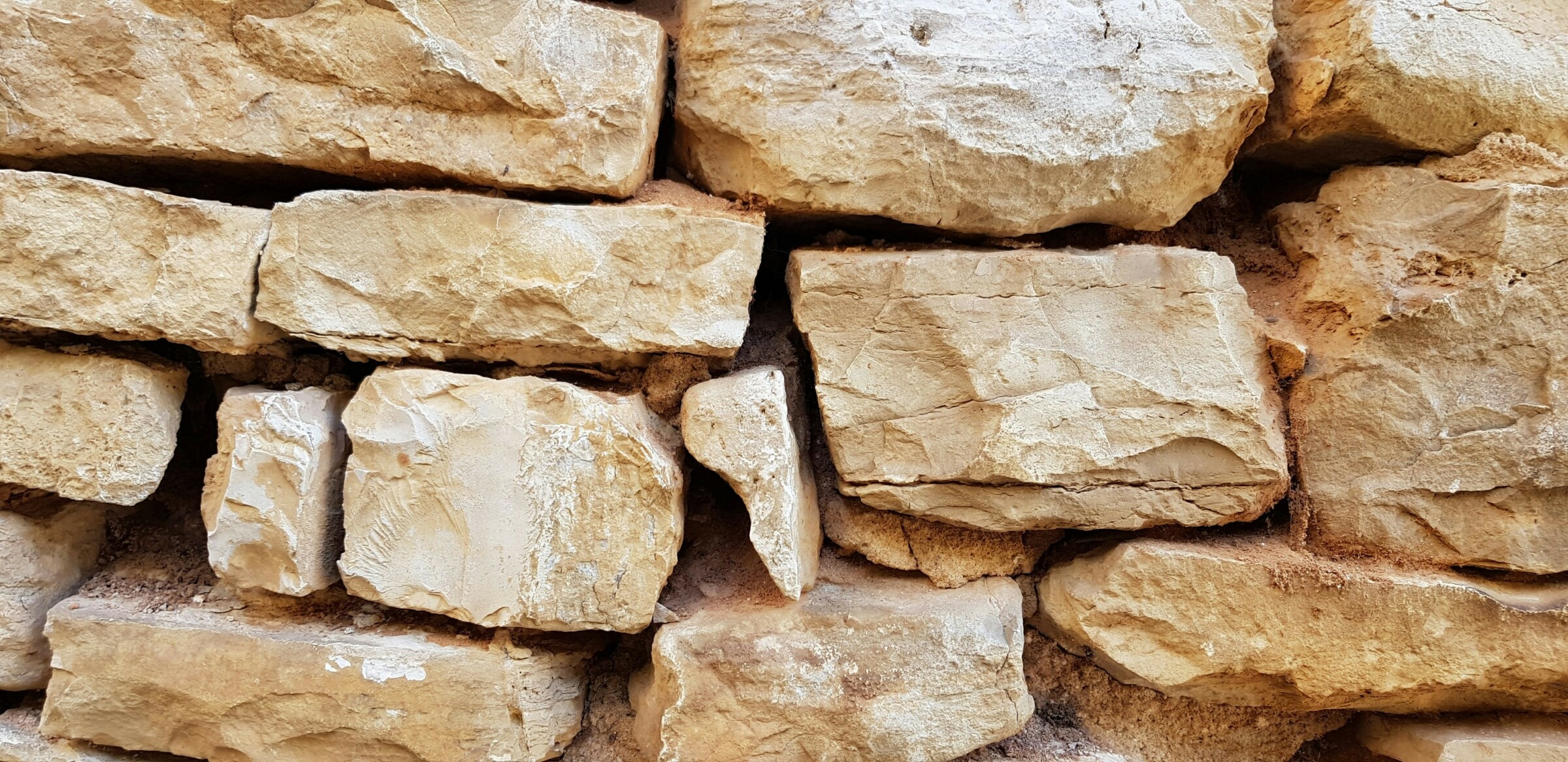This article was originally published by INKSTICK on 11/12/2023 and is hereby reproduced by iMEdD with permission. Any reprint permissions are subject to the original publisher.
Images: Elizabeth Jamieson
*Mohammed Ali is a journalist working in Gaza for a major international newswire. He wrote this first-person account under a pseudonym to protect his identity.
The Israeli military has divided Gaza into blocks, and warned residents to flee when instructed.
Investigating War Crimes: Attacks on Civilians

Journalists are key witnesses to atrocities committed against civilians.
Before the escalation of hostilities between Israel and Gaza on Oct. 7, 2023, 21-year-old Rozan Ashraf’s life in Abasan al-Kabira, a small city east of Khan Younis in the southern part of the Gaza Strip, was marked by the ordinary rhythms of daily existence. Her quotidian normalcy ruptured with the outbreak of fighting, two months ago. But now her terror has escalated to a fever pitch with the rollout of Israel’s new bombing strategy.
“Dear residents of Gaza,” the Israeli Defense Forces (IDF) posted on its website, “it is imperative you pay attention to the following map. Anyone who sees the area number which they live, or is near an area on the map, must track and follow the instructions of the IDF through various media outlets and obey them. This is the way to preserve your safety, your lives and the lives of your families.” The map showed the Gaza Strip divided into over 2,370 numbered blocks. “The fear of being in the next targeted block haunted us,” Rozan recalls. “With the internet down since the war started, we couldn’t even identify our block.”
The Israeli military’s strategy of block-by-block evacuation has plunged Gaza into a deeper humanitarian crisis. With limited access to phones or the internet, many of the estimated 1.7 million displaced people are unable to navigate the complex evacuation directives, often communicated through leaflets and QR codes linked to online maps.
After the resumption of hostilities on Dec. 1, following the 7-day ceasefire, Israel has started bombing further south in the Gaza Strip — in the very areas that people were recently instructed to evacuate to. Displaced families, having moved south from more northern areas like Gaza City, now face the grim prospect of being displaced yet again.
The sound of tanks and bombings was deafening. We were watching death inch closer
Rozan Ashraf
Trapped in the attack
Forced to flee their home at the beginning of the conflict, Rozan and her family sought refuge in Bani Suhaila. Despite their apprehensions, Rozan’s father insisted they were safe. “They threatened my uncle’s block; it was close to us,” Rozan said. But the fragile semblance of safety was shattered on Saturday, Dec. 2, when the Israeli army explicitly named their family for evacuation. However, it was too late to evacuate. “The army called us again, but they said it’s too late to evacuate, and we must not move,” Rozan recalls. The nightmarish reality of war came crashing down, transforming their home into a battleground.
The following hours were marred by intense shelling and carpet bombing in her neighborhood. The family’s home, once a haven, became a trap as windows shattered and rooms filled with smoke. “We used wet clothes to filter the air, struggling to breathe,” Rozan describes. Rozan’s mother, battling chronic illnesses including high blood pressure and diabetes, was particularly affected by the gas and smoke the Israeli soldiers used. “She couldn’t breathe or sleep properly,” Rozan shares. “The sound of tanks and bombings was deafening. We were watching death inch closer.” Amidst this chaos, her mother’s health deteriorated, exacerbating the crisis.
With dawn came the terrifying sight of tanks approaching their street, unleashing an unknown gas on the civilians. Israel has been known to use tear gas, poison gas, and white phosphorous against civilians. By 9 a.m., as the tanks redirected towards the city center, the family realized they could no longer stay. Grabbing essential documents and belongings, they made the difficult decision to leave everything else behind. “I glanced at my closet, my university graduation clothes, my books… and wondered if I would ever see them again,” Rozan reflects somberly. “Realizing that we may be displaced forever was devastating,” Rozan says. “I took my high school certificate. Maybe…just maybe, I can study abroad if Israel displaces us to Sinai.”
Their journey to the European Hospital was fraught with peril. Upon arrival, Rozan’s mother collapsed, overwhelmed by exhaustion and panic. The family’s odyssey didn’t end there; they found themselves on the streets of al-Fukhari, making coffee and tea on the sidewalk as they sought some semblance of normalcy amidst the chaos.
Ultimately the family went to stay at a relative’s house in Rafah, as they found the schools where they sought refuge to be overcrowded and lacking most essentials. Yet, the displacement has left deep scars. “We’re living in constant fear, unsure of our future,” Rozan shares. “The life we once called boring, we now yearn for.”
Nowhere Is Safe
As Israel’s warnings push additional tens of thousands of residents further south to areas like the overly crowded Rafah city or the barren coastal strip of Al Mawasi, the reality of their situation becomes stark. Disoriented, scared, and living in deprivation, these families grapple with the absence of necessities like food, water, and medical care. “Once again, nowhere is safe in Gaza,” the World Health Organization wrote in a statement.
Rozan’s story is not unique but mirrors the plight of countless families in Gaza. Their daily struggle is a testament to their resilience in the face of overwhelming adversity. Yet, as they navigate their new reality in overpopulated shelters or government schools, their future remains uncertain.
Against this backdrop of upheaval and despair, questions linger about the long-term impact of these strategies and the deepening humanitarian crisis in Gaza. For families like Rozan’s, each day is a battle for survival — a search for normalcy amidst the ruins of what once was their home.

